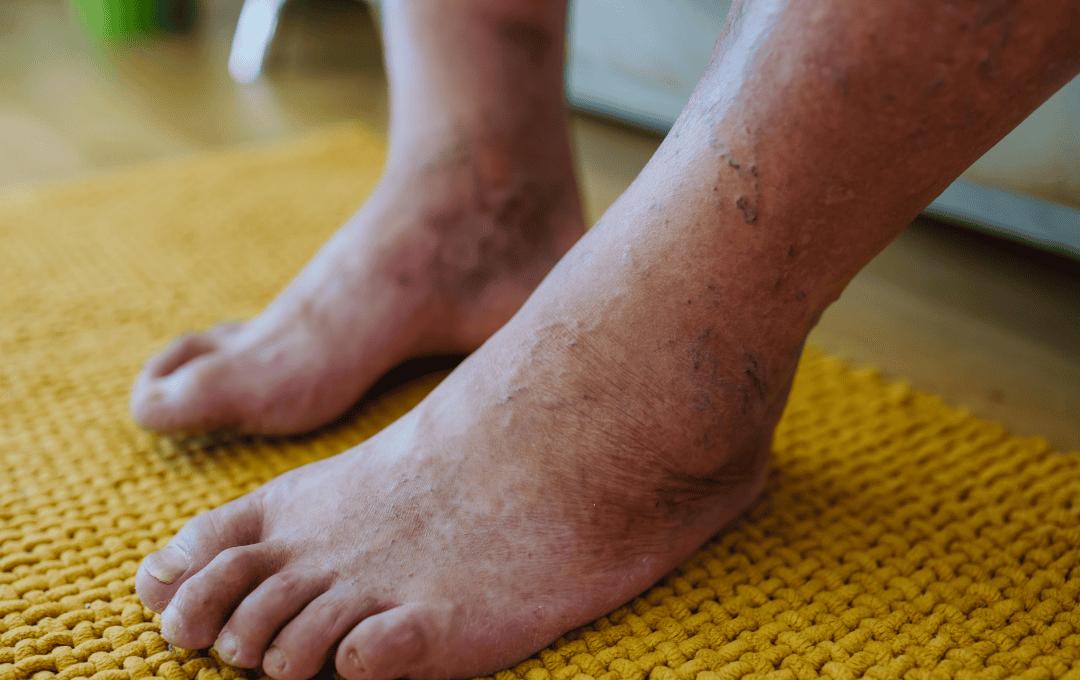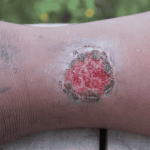
What Is May-Thurner Syndrome?
According to USA Vein Clinics, May-Thurner Syndrome (MTS), also called iliac vein compression syndrome, occurs when the right common iliac artery presses against the left common iliac vein. This pressure limits proper blood flow out of the left leg and increases the likelihood of developing a deep vein thrombosis (DVT). Although the condition is considered rare, it often goes undiagnosed for years—sometimes until a serious complication like a blood clot appears.
This makes awareness of early symptoms especially important. Recognizing these subtle signs can lead to earlier diagnosis and treatment, helping you prevent complications that could affect your long-term vascular health.
Find a Vein Disease Clinic Near You
Recognizing the Early Signs
The most common early sign of May-Thurner Syndrome is unexplained swelling in the left leg. Because the vein is compressed, blood has a harder time flowing upward toward the heart. Over time, that extra pressure can cause the leg to feel heavier or appear slightly larger than the other.
Some people may also experience unusual sensations such as itching, burning, or throbbing in the affected leg. These symptoms can easily be mistaken for minor circulation issues or fatigue from standing too long, but when they occur persistently on one side, they may indicate something more serious.
In later stages, skin in the lower leg can become discolored or irritated, and in some cases, venous ulcers—open sores caused by poor blood flow—can develop. USA Vein Clinics notes that while not all patients with MTS experience visible symptoms, any combination of swelling, heaviness, or skin changes in one leg should prompt evaluation by a vein specialist.
Who Is Most at Risk?
May-Thurner Syndrome can affect anyone, but it’s more commonly diagnosed in women between the ages of 20 and 40. Hormonal changes, pregnancy, and prolonged periods of sitting or standing may increase pressure in the pelvic veins. Other contributing factors include obesity, certain clotting disorders, smoking, or a family history of venous disease.
Because MTS is often silent until a clot develops, people with these risk factors should be especially attentive to any lingering left-leg discomfort or swelling that doesn’t improve with rest.
How May-Thurner Syndrome Is Diagnosed
If you visit USA Vein Clinics for a consultation, your provider will begin with a detailed review of your symptoms and medical history. They may perform a physical exam to assess for swelling or visible vein changes, and if MTS is suspected, imaging tests such as ultrasound, CT scan, or venogram can confirm whether the left iliac vein is compressed.
Early testing is crucial because May-Thurner Syndrome can mimic other vein or circulation issues. Identifying the condition before a DVT develops allows for faster, minimally invasive treatment and improved outcomes.
Treatment and Next Steps
USA Vein Clinics offers a range of minimally invasive, outpatient treatments to restore proper blood flow and relieve symptoms. One common procedure involves placing a small stent inside the compressed vein to keep it open and prevent future blockages. If a blood clot has already formed, additional treatments such as clot removal or blood-thinning medication may be necessary.
With early detection and proper care, most patients can experience significant symptom relief and reduce their risk of recurrence.
When to Seek Help for MTS
If you notice ongoing swelling, heaviness, or skin changes in your left leg, don’t wait to see if it improves on its own. These could be the early signs of May-Thurner Syndrome, and timely evaluation can make a major difference in preventing complications.
Schedule a consultation with USA Vein Clinics to discuss your symptoms and explore safe, effective options for diagnosis and treatment. Early intervention doesn’t just improve your comfort—it protects your long-term vascular health.





